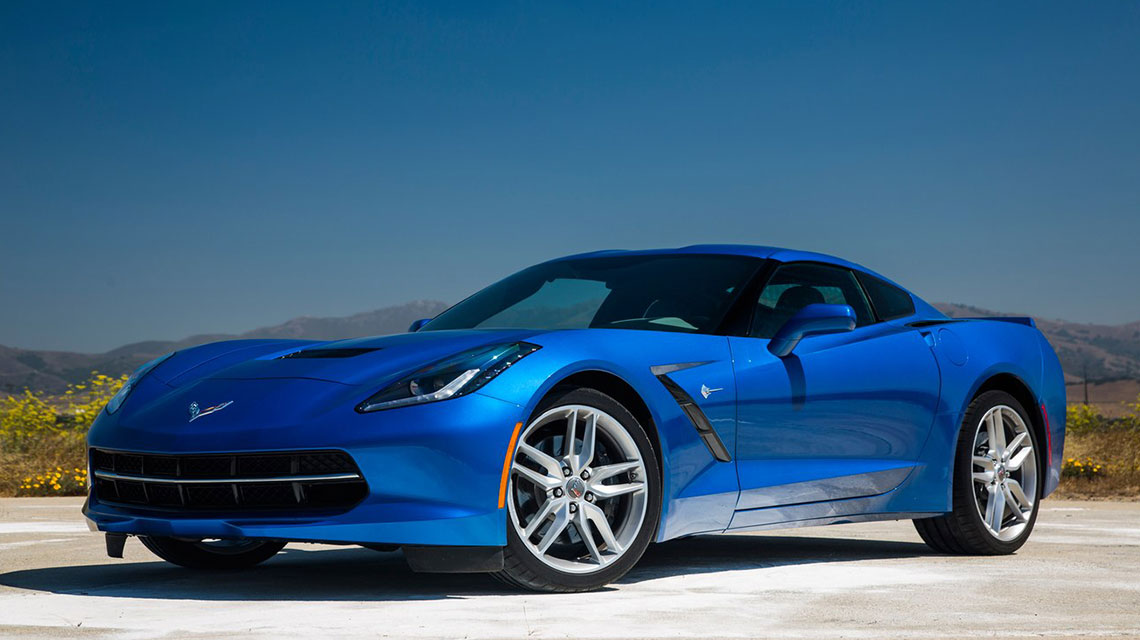dbeiler
Member
There are only two reasons why a car will push and hop the front wheels.
1: The front toe alignment is way off. This will cause Ackerman angle to be incorrect while turning. Such severe misalignment would be very evident from extreme tire wear.
2: The more likely scenario: The car is attempting to power wheels that should not be powered during a tight turn. The front wheels must rotate much faster than rear wheels during a tight turn. If the car attempts to power both front and rear motors at the same rate, the mismatch will cause wheel hop. The rear wheels must rotate at different rates. If the car attempts to power both rear wheels at the same rate, the front wheels will hop. Racecars equipped with mechanical LSDs set to a very high preload suffer from this same wheel hop issue.
1: The front toe alignment is way off. This will cause Ackerman angle to be incorrect while turning. Such severe misalignment would be very evident from extreme tire wear.
2: The more likely scenario: The car is attempting to power wheels that should not be powered during a tight turn. The front wheels must rotate much faster than rear wheels during a tight turn. If the car attempts to power both front and rear motors at the same rate, the mismatch will cause wheel hop. The rear wheels must rotate at different rates. If the car attempts to power both rear wheels at the same rate, the front wheels will hop. Racecars equipped with mechanical LSDs set to a very high preload suffer from this same wheel hop issue.



